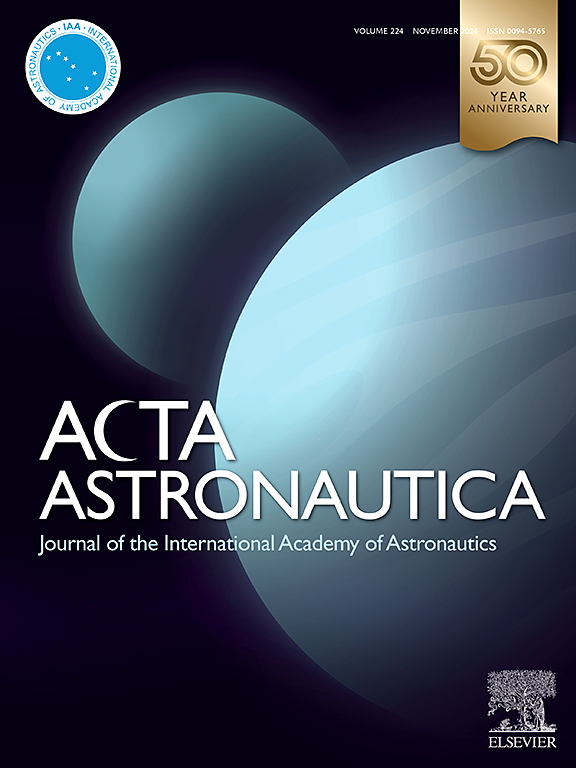Influence of flame collisions with pressure waves on tulip flame formation and its evolution in tubes with non-slip walls
IF 3.1
2区 物理与天体物理
Q1 ENGINEERING, AEROSPACE
引用次数: 0
Abstract
The effects of flame collision with pressure waves during hydrogen/air flame propagation in a two-dimensional channel with non-slip adiabatic walls are studied for channels with different aspect ratios and a semi-open channel. The problem is solved by direct numerical simulations of the fully compressible Navier-Stokes equations coupled to a detailed chemical model for a stoichiometric hydrogen-air mixture using a high-order numerical code in space and time that provides adequate resolution of a flame and the flame-pressure wave interactions. It is shown that the flame–pressure wave interactions play an important role in the tulip flame formation and its further evolution to a distorted tulip flame (DTF). In particular, flame collisions with pressure waves reflected from the opposite end of the tube significantly enhance the effect of the first rarefaction wave generated by the decelerating flame in the unburned gas when the skirt of the “finger” flame touches the tube sidewalls. This is why the tulip-shaped flame is more pronounced in channels with both ends closed than in a semi-open tube. It is shown that the flame instabilities are not involved in the tulip flame formation, while the Rayleigh-Taylor instability caused by the flame collisions with the reflected pressure waves is the main factor in the DTF formation, in agreement with previous studies. We show that the wavelength of the fastest growing mode of the RT instability corresponds to the size of the bulges formed on the tulip flame lips.
求助全文
约1分钟内获得全文
求助全文
来源期刊

Acta Astronautica
工程技术-工程:宇航
CiteScore
7.20
自引率
22.90%
发文量
599
审稿时长
53 days
期刊介绍:
Acta Astronautica is sponsored by the International Academy of Astronautics. Content is based on original contributions in all fields of basic, engineering, life and social space sciences and of space technology related to:
The peaceful scientific exploration of space,
Its exploitation for human welfare and progress,
Conception, design, development and operation of space-borne and Earth-based systems,
In addition to regular issues, the journal publishes selected proceedings of the annual International Astronautical Congress (IAC), transactions of the IAA and special issues on topics of current interest, such as microgravity, space station technology, geostationary orbits, and space economics. Other subject areas include satellite technology, space transportation and communications, space energy, power and propulsion, astrodynamics, extraterrestrial intelligence and Earth observations.
 求助内容:
求助内容: 应助结果提醒方式:
应助结果提醒方式:


